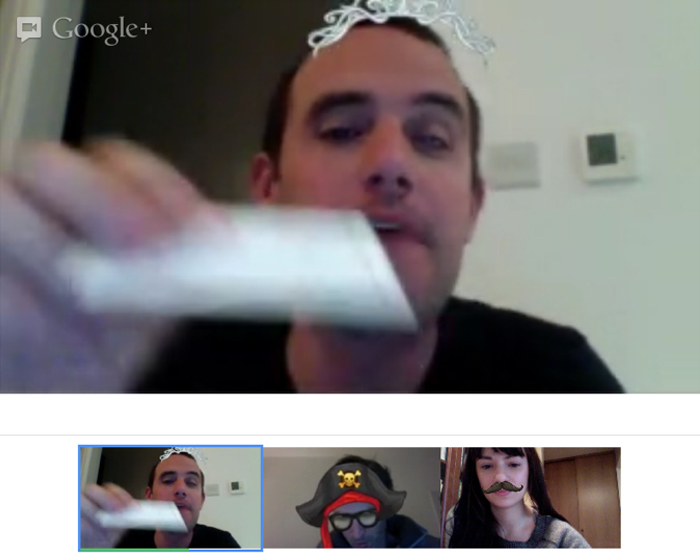ICC Alpha — Digital project aims
07 October 2013
After talking to lots of users and stakeholders, we’ve set down the main aims of the new digital project. These broad ambitions will act as beacons to keep the digital project heading in the right direction and to check if the things we are working on are achieving what we set out to achieve.
It’s important that everyone in the ICC gets behind these aims, so if you have anything to say, please leave a comment below or contact the Public Information and Documentation Section. Thanks!
The digital project aims to serve existing users better as well as to attract and engage a wider audience about the importance of the ICC and the effects of its work.
-
Quicker, easier, clearer — Users from all groups must be able to find what they need easily and quickly. All communications must be clear and concise, crafted in a way which most people can understand. The ICC is the authoritative voice about the ICC.
-
More vibrant, more human, more engaging — The ICC is an independent and impartial judicial institution, but its website must be more than a filing cabinet for legal decisions. The ICC website needs to provide context and explain the ICC work. Why does the ICC matter? Who has it helped and how has it affected their lives? Engage the user, listen to them and use each interaction as an opportunity to garner support for the ICC’s mission.
-
More efficient, more effective — Do as much as possible with as little as possible. Focus on the irreducible core: ICC does what only ICC can do. Every endeavour must answer a user need and have at least one measure of success, which will be monitored and reviewed over time.
-
Accessible by everyone, everywhere — Users must be able to access the website on “four screens” – laptop/PC, tablet, mobile and IPTV. It must cater for users with limited internet bandwidth and must work for people with disabilities, non-native En/Fr speakers. It must be built to withstand the rapid pace of technological change (ie, be based on web standards).
Analysis phase is coming to an end
26 September 2013
Over the last few weeks, we’ve been examining who uses the ICC website, how they use it and what they need from a new ICC website. We’ve used three main techniques:
- Data from web analytics – Helps to understand users, uncover usage patterns, see most popular content and use search logs to see what people are looking for.
- Web survey – Over 400 people answered the website survey in the last few weeks.
- Telephone interviews – We have conducted interviews with users from the different audiences from around the world including the general public, journalists, NGOs, academics, lawyers and diplomats.
We’ve also talked to representatives of the ICC organs and other stakeholders about what they need from the website.
All this work (which will be available here in the coming weeks) will guide and shape the next phase.
We’ll be working in “sprints” building “ potentially shippable increments” of the website. That means we start with the most important user needs and we design, build and test something to meet those needs, then we move on to the next sprint and repeat the process for another set of user needs. It’s an exciting and effective way to work on the digital products and we hope it will work well at the ICC.
If you have any questions or comments, please feel free to comment below or contact the Public Information and Documentation Section.
ICC Alpha — Discovery phase round up
26 September 2013
Over the last few weeks, we’ve been examining who uses the ICC website, how they use it and what they need from a new ICC website. We’ve used three main techniques:
-
Data from web analytics – Helps to understand users, uncover usage patterns, see most popular content and use search logs to see what people are looking for.
-
Web survey – Over 400 people answered the website survey in the last few weeks.
-
Telephone interviews – We have conducted interviews with users from the different audiences from around the world including the general public, journalists, NGOs, academics, lawyers and diplomats.
We’ve also talked to representatives of the ICC organs and other stakeholders about what they need from the website.
All this work (which will be available here in the coming weeks) will guide and shape the next phase.
We’ll be working in “sprints” building “potentially shippable increments” of the website. That means we start with the most important user needs and we design, build and test something to meet those needs, then we move on to the next sprint and repeat the process for another set of user needs. It’s an exciting and effective way to work on the digital products and we hope it will work well at the ICC.
If you have any questions or comments, please feel free to comment below or contact the Public Information and Documentation Section.
Getting to Know Us: The Team
23 July 2013

Here’s a snapshot of our first official We Are Thought Fox meeting of 2013. You can tell it’s all serious business. Thanks for the props Google+ Hangouts.
Design Files: Barjeel Art Foundation painted stencil logo
23 July 2013

I’ve been digging through my archives and I stumbled upon a particularly fun moment from our Barjeel Art Foundation redesign. One ambitious tangent we explored was a spray paint logo which would be part of a viral, youth-oriented campaign. Messy and fun!

